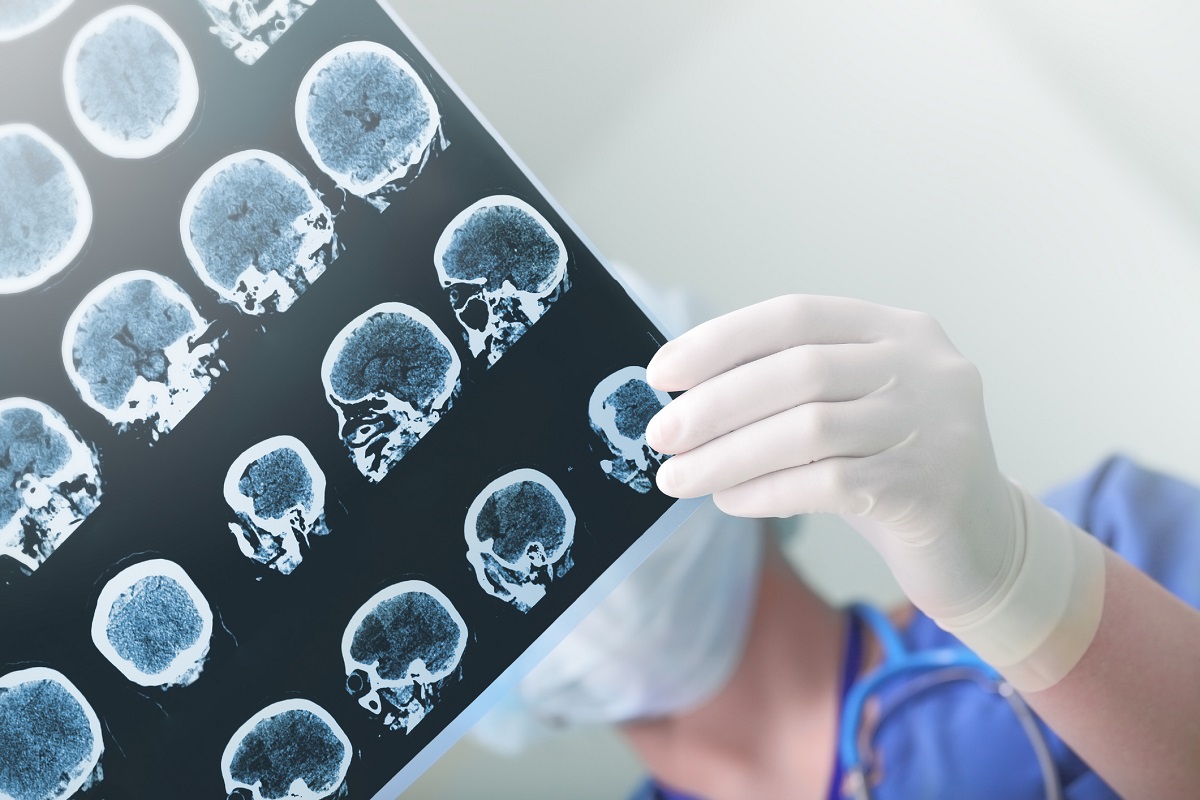Penn State Health Medical Group, Allegheny Health Network partner to meet growing patient demand for imaging studies

Allegheny Health Network (AHN) and Penn State Health today announced a new collaboration in which Penn State Health Medical Group’s Radiology Services is providing imaging study reading and interpretation support to AHN’s Imaging Institute.
“AHN is experiencing significant growth in patient care encounters, and we are exploring every potential resource to ensure we are able to provide timely, high-quality imaging services to those in need,” said Dr. Jeffrey Mueller, system vice chair, Imaging Institute, and division head, Chest Imaging for AHN.
At the same time AHN’s Imaging Institute leadership was actively exploring potential solutions to its increasing patient demand, Penn State Health Medical Group’s radiology division was looking to expand the reach of its services through partnerships with other health care providers.
“Our team of talented, qualified radiologists had capacity to assist other programs outside of our existing book of work, and we are excited to collaborate with AHN in this manner,” said Dr. Mark Labuski, radiology service line medical director, Penn State Health Medical Group.
Thanks to advanced technological capabilities that enable imaging studies to be read and interpreted remotely, the distance that separates the Penn State Health radiologists from AHN’s facilities poses no obstacle to the collaboration, Mueller said. By the early 2000s, most medical imaging had transitioned from analog film to computer radiography, which paved the way to direct digital radiography in 2007. This development has prompted many hospitals to contract with remote read services to augment their own radiology programs and staff, especially on overnight shifts.
Most hospitals and health systems today outsource the reading of their imaging studies to some degree.
The number of Penn State Health radiologists currently reading remotely for AHN varies daily, depending on the needs across the network, Mueller said. “Presently, it’s between one and three each day, but as new AHN imaging centers open and the demand for reading and interpreting studies increases, we’ll be turning to our Penn State Health colleagues to help manage the workflow,” he added.
That flexibility to adjust the number of reading radiologists to a fluctuating demand is just one of the elements that make the partnership ideal, Mueller said. Both the Penn State Health and AHN imaging teams are comprised of general radiologists as well as a full complement of radiology subspecialists, including those who are fellowship trained in neurology, breast, cardiothoracic, interventional and nuclear medicine.
“That means if AHN is in need of additional support for neuroradiology readings in their stroke program, for example, we can fill that need and patient care is seamless,” Labuski said.
“For me, that’s great peace of mind,” Mueller said.
Most importantly, though, are the priorities shared by both groups. “We are totally aligned in our values, and mission to provide efficient, high-quality care for patients,” Mueller said.
About the Allegheny Health Network
Allegheny Health Network (AHN.org), a Highmark Health company, is an integrated healthcare delivery system serving the greater Western Pennsylvania region. The Network is composed of 13 hospitals, ambulatory surgery centers, Health + Wellness Pavilions, an employed physician organization, home and community-based health services, a research institute, and a group purchasing organization. The Network provides patients with access to a complete spectrum of advanced medical services, including nationally recognized programs for primary and emergency care, trauma care, cardiovascular disease, organ transplantation, cancer care, orthopedic surgery, neurology and neurosurgery, women’s health, diabetes, autoimmune disease and more. AHN employs approximately 21,000 people, has more than 2,500 physicians on its medical staff and serves as a clinical campus for Drexel University College of Medicine and the Lake Erie College of Osteopathic Medicine.
About Penn State Health
Penn State Health is a multi-hospital health system serving patients and communities across 29 counties in central Pennsylvania. The system includes Penn State Health Milton S. Hershey Medical Center, Penn State Health Children’s Hospital and Penn State Cancer Institute based in Hershey, Pa.; Penn State Health Hampden Medical Center in Enola, Pa.; Penn State Health Holy Spirit Medical Center in Camp Hill, Pa.; Penn State Health St. Joseph Medical Center in Reading, Pa.; and more than 3,000 physicians and direct care providers at 90+ unique medical office locations. Additionally, the system jointly operates various health care providers, including Penn State Health Rehabilitation Hospital, Hershey Outpatient Surgery Center, Hershey Endoscopy Center, Horizon Home Healthcare and Pennsylvania Psychiatric Institute. In December 2017, Penn State Health partnered with Highmark Health to facilitate creation of a value-based, community care network in the region. Penn State Health shares an integrated strategic plan and operations with Penn State College of Medicine, the University’s medical school.
If you're having trouble accessing this content, or would like it in another format, please email Penn State Health Marketing & Communications.
